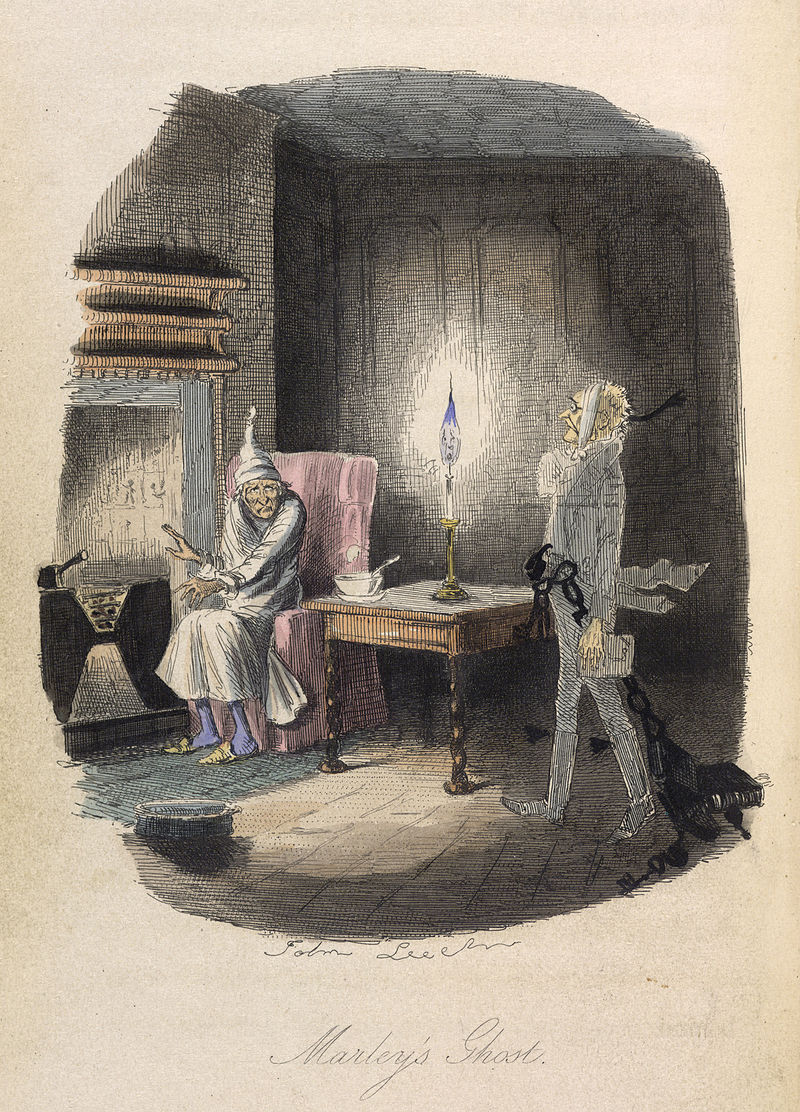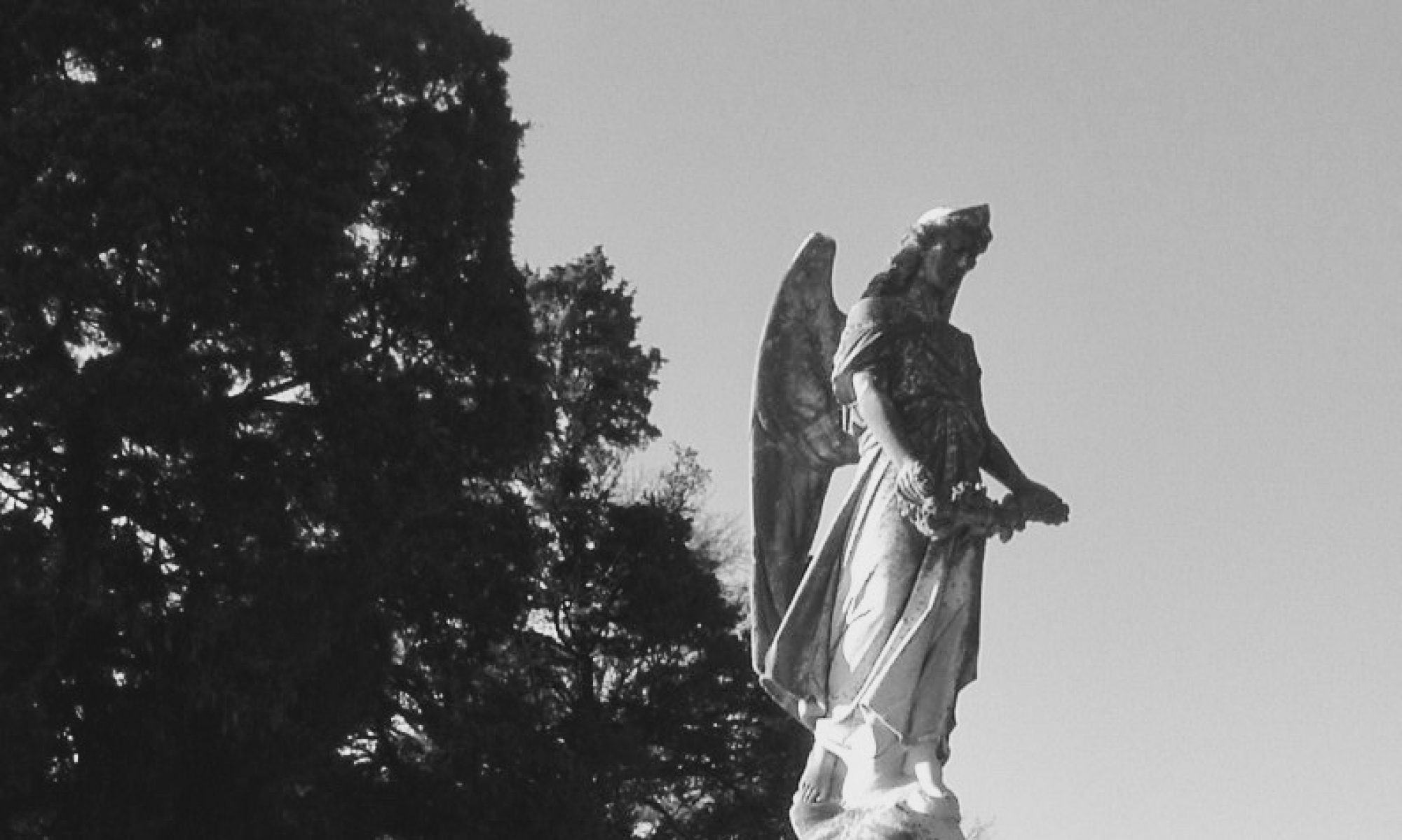There’ll be parties for hosting,
Marshmallows for toasting,
And caroling out in the snow.
There’ll be scary ghost stories,
And tales of the glories of
Christmases long, long ago.
–“It’s the Most Wonderful Time of the Year,” (1963) Edward Pola and George Wyle.
There has been much effort lately, mostly among the writers and bloggers in the paranormal community, to revive the ancient tradition of telling ghost stories at Christmas. To do my part, I’m attempting to post a story every day of the Twelve Days of Christmas.
The tradition of telling ghost stories around a fire on cold winter nights stretches back hundreds of years to the celebration of the winter solstice in Pagan Europe. As these ancient peoples were very much in tune to the rhythms of nature and the seasons, the moment when the northern pole of the earth was tilted at the furthest point away from the sun, sometimes described as the “shortest day.” Marking the mid-point of winter was a time of celebration and feasting, which also included storytelling.
Among the stories were oral sagas, especially among the Norse peoples, that would tell of ghosts, monsters, and other scary creatures. Their mid-winter celebration, called the Yule, has been celebrated for centuries and is the origin of many Christmas traditions including the Twelve Days, which last from December 25th to January 6th.
Not only has this storytelling tradition produced an abundant array of literature, but also a myriad of references. Shakespeare’s romantic comedy The Winter’s Tale references this tradition when Hermione begs Mamillius to tell a tale in the first scene of the second act.
Hermione: Come, sir, now
I am for you again: pray you, sit by us,
And tell us a tale.
Mamillius: Merry or sad shall’t be?
Hermione: As merry as you will.
Mamillius: A sad tale’s best for winter: I have one
Of sprites and goblins.
Hermione: Let’s have that, good sir.
Come on, sit down: come on, and do your best
To fright me with your sprites; you’re powerful at it.
After Shakespeare’s time, the celebration of Christmas began to decline. Oliver Cromwell, who ruled over England with a tough hand after the execution of King Charles I, considered the holiday to be out of line with Puritan mores and banned it. The Industrial Revolution of the 18th century also took its toll on the working classes’ recognition.

Perhaps the greatest reference to the telling of ghost stories at Christmas comes to us from Charles Dickens’ 1843 classic, A Christmas Carol. A tale of holiday redemption, the story includes three spirits who whisk the crotchety Ebenezer Scrooge off to explore three facets of his life. This story, which also serves as a social commentary on the begrudging of Christmas by industrialists and businessmen, helped lead to a revival of holiday celebrations in Britain and throughout the English-speaking world.
For the next twelve days enjoy some Southern chills for Christmas!
Sources
- Eschner, Kat. “Why do people tell ghost stories at Christmas?” Smithsonian Magazine. 23 December 2019.
- Kaneko-James, Jon. “Ghosts of Christmas Past: Christmas Ghost Stories, Scandinvian Revenants, and the Medieval Dead in England.” Jon Kaneko-James: History, Fiction and Thoughts on Writing. 13 December 2016.
